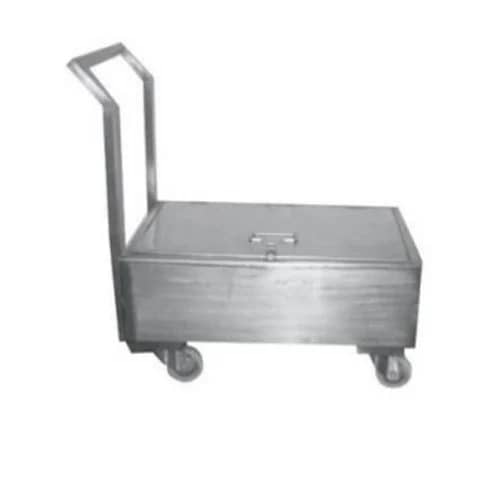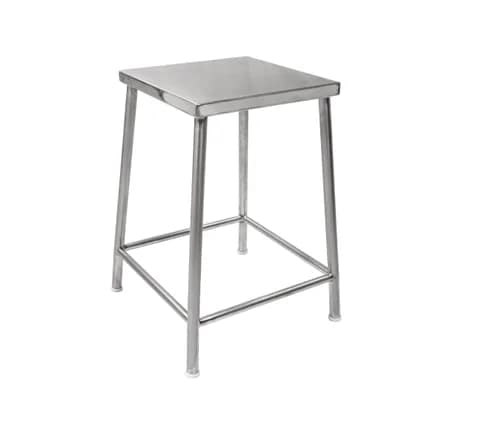Surgical instruments are critical in any healthcare setting, ensuring precise performance in life-saving procedures. However, these instruments require meticulous care and maintenance to prevent corrosion, maintain sterility, and ensure their longevity. This guide covers best practices for the maintenance of stainless steel surgical tools to help maintain their performance and ensure patient safety.
Content Focus:
- Cleaning and Disinfection: Highlight the importance of thorough cleaning immediately after use to remove blood, tissue, and other contaminants. Discuss best practices for using neutral pH detergents and automated washer-disinfectors for optimal results.
- Sterilization Methods: Explain proper sterilization methods such as autoclaving and dry heat sterilization, which are essential to maintain sterility without damaging the instruments.
- Inspection and Repair: Discuss regular inspection protocols for identifying wear, rust, or damage. Emphasize how timely repairs and sharpening of tools like scissors and scalpels can prolong the instrument’s useful life.
- Storage and Handling: Provide tips on how to store surgical instruments properly to avoid physical damage and contamination. Use of protective cases and trays (as seen in the image) should be highlighted.
Visual Connection:
The image features clean and properly organized surgical instruments, showcasing the ideal setup for handling and maintaining these critical tools. It visually reinforces the importance of proper cleaning, sterilization, and storage techniques.








